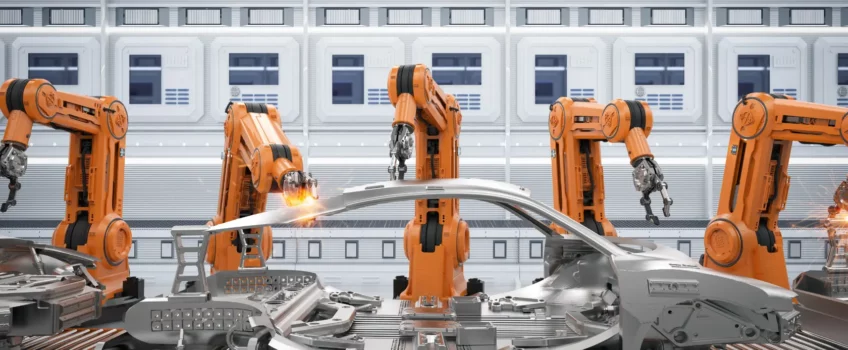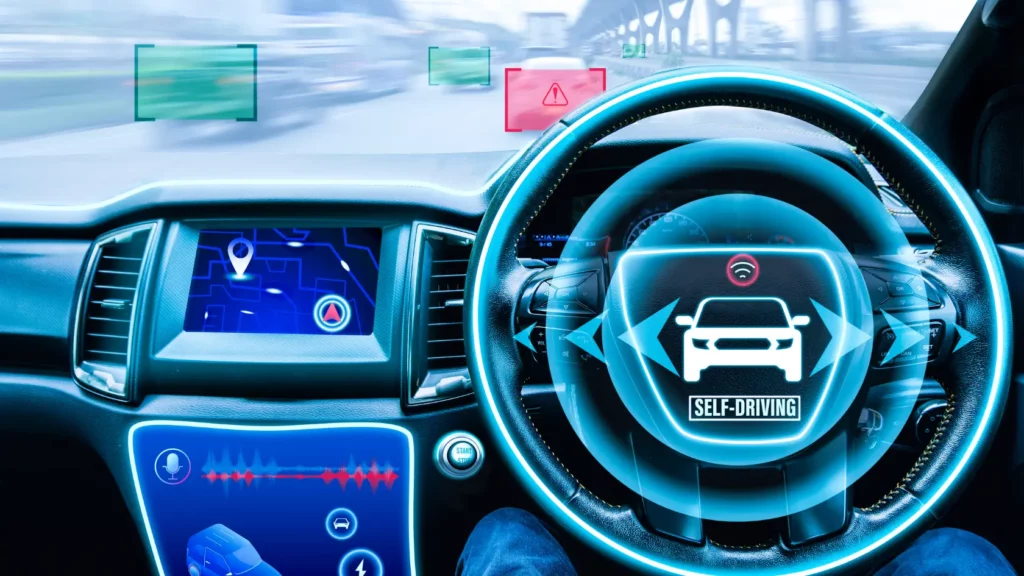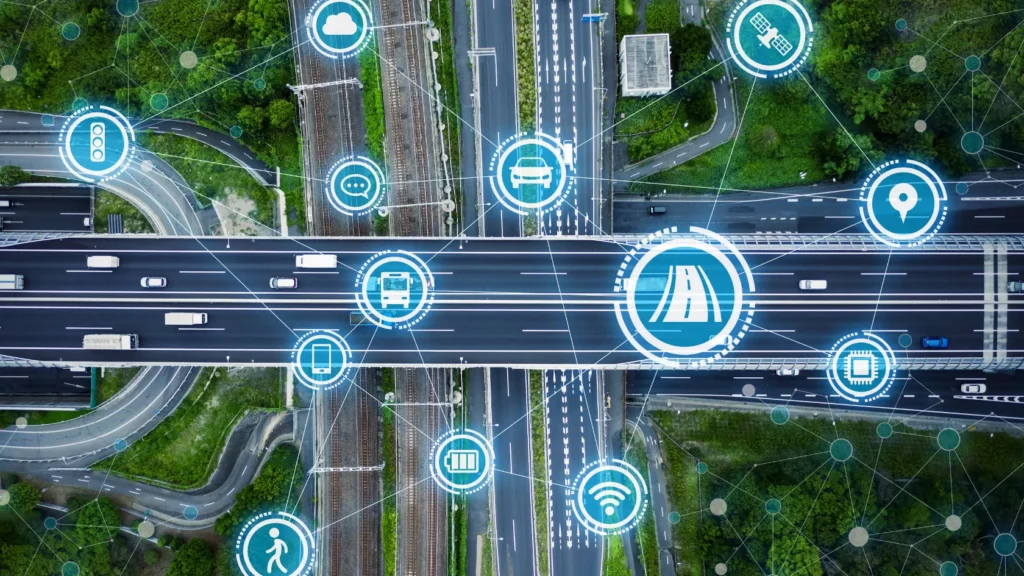
The automotive industry stands on the cusp of revolutionary change, spurred by technological advancements, changing consumer preferences, and environmental concerns. Through this lens, we aim to provide a profound exploration of where the automotive industry is headed and the multifaceted trends propelling it forward.
A Brief Retrospective: Tracing the Arc of the Automotive Industry
The inception of the automobile, pioneered by innovators like Karl Benz and Henry Ford, marked the dawn of a new age. From then, cars transitioned from being luxury items to commonplace necessities, intertwining deeply with the tapestry of modern civilisation. Today, we stand at yet another pivotal juncture.
Technological Advancements Reshaping the Automotive Industry
Electrification and the Emission Conundrum
With global emphasis on sustainable energy and reduced carbon footprints, electric vehicles (EVs) have surged in prominence. Governments worldwide are promoting EV adoption with incentives, policy adjustments, and stringent emission norms. This push towards electrification promises a future dominated by cleaner and more efficient mobility solutions.
Connectivity and the Smart Car Paradigm
The evolution of the Internet of Things (IoT) means modern cars aren’t merely modes of transport. They’re interconnected smart devices, offering features like remote diagnostics, over-the-air updates, and seamless integration with other smart devices. This shift from hardware-centric to software-centric vehicles is opening up new frontiers of innovation in the automotive industry.
Advanced Driver Assistance Systems (ADAS)
Incorporating machine learning and AI, vehicles are increasingly becoming more autonomous. Advanced Driver Assistance Systems (ADAS) have already made strides, and full-fledged autonomous vehicles aren’t far from becoming mainstream as adaptive cruise control, lane-keeping assistance, and automated parking are already common in many vehicles
ADAS uses sensors, cameras and radar to improve driver safety and efficiency by providing real-time feedback on a variety of conditions like traffic, weather, road signs, and other vehicles. The potential benefits of fully autonomous vehicles are vast, including:
- convenience
- significantly reduce road accidents caused by human error
- streamline traffic flows
- potentially revolutionise urban planning and public transportation
However, alongside these promising advancements, the industry grapples with challenges like ensuring cybersecurity, establishing clear regulatory frameworks, and addressing ethical dilemmas posed by machine decision-making.
The Rise of Mobility-as-a-Service (MaaS) in the Automotive Industry
The traditional car ownership model is waning in popularity due to concerns about cost, convenience, and environmental sustainability. As an alternative, Mobility-as-a-Service (MaaS) offers users access to different types of transportation via a unified subscription.
The MaaS model has made it easier for people to move around without having to rely on their own cars. The emergence of ride sharing services like Lyft and Uber, as well as the increasing reliance on public transportation, has further facilitated this shift.
In the near future, MaaS is expected to become even more ubiquitous as the cost of MaaS continues to decrease and automation becomes more widespread, making it easier for users to access a variety of transportation modes with minimal effort.
Related: Current and New Automotive Manufacturing Technologies
Globalisation: Merging Markets and Expanding Horizons
Seamless Supply Chains
One of the most evident impacts of globalisation is the interconnected supply chains that source materials, components, and finished products from diverse geographies. Companies leverage global networks to reduce costs, diversify risk, and ensure timely delivery, making the production cycle in the automotive industry more efficient and cost-effective.
Consumer Preferences and Global Standards
Globalisation has led to more standardised expectations among consumers worldwide. Whether it’s safety features, infotainment systems, or fuel efficiency, a unified demand means that manufacturers are developing models with global appeal, rather than catering solely to local markets.
Shared Technologies and Collaborative Ventures
To stay competitive in the every changing automotive industry, many car makers engage in joint ventures and partnerships with international counterparts. This collaboration results in shared technological advancements, research and development synergies, and the fusion of best practices from different markets.
Trading Blocs and Alliances
Regional alliances, such as the EU or ASEAN, create cohesive trading blocs that set unified standards and regulations. For the automotive industry, this means navigating a matrix of varied rules across these blocs.
It becomes imperative for companies to strategically position their bases, ensuring they leverage the advantages while sidestepping potential pitfalls. The dance between globalisation and geopolitics remains a complex yet crucial aspect of the automotive world’s future trajectory.
The Uphill Battle Facing The Automotive Industry: Need for Disruption
In the face of rapid disruption, auto manufacturers have their work cut out for them. They must adapt to changing consumer preferences and anticipate future technological advances while competing against tech powerhouses like Uber and Tesla.
To stay relevant in this evolving landscape, traditional automakers need to think outside the box and find innovative solutions that allow them to remain competitive and attract new customers. This could include rethinking their approach to production, focusing on subscription-based models, and developing more connected vehicles with advanced ADAS features.
What Does the Automotive Industry of the Future Look Like?
The future of the automotive industry is uncertain but undoubtedly exciting. With waves of technological advancements set to redefine traditional mobility solutions, the automotive world stands on the cusp of a revolution.
One thing is certain: as the industry journey continues to unfold, resilience and agility will remain key traits for any organisation looking to excel in this changing landscape. Only those who keep up with the ever-evolving consumer trends and quickly adapt to new technologies will be able to gain success in this brave new world.
For those ready to take the plunge, the revolution of the automotive industry awaits! The opportunities are endless, and with a little bit of innovation and creativity, companies can open up entirely new possibilities for mobility.
Also Read: Precision At It’s Finest: The Artistry Of Automotive Engineering
The Role of Precision Engineering in the Automotive Industry
As we reflect upon the vastness of the automotive landscape, one underlying instrumental force emerges: precision engineering. This discipline, grounded in meticulous design, exact measurements, and high-fidelity manufacturing, has become the linchpin ensuring the functional excellence and reliability of modern vehicles. Every component, from the smallest bolt to the most complex transmission system, owes its efficacy to precision engineering.
As vehicles become more technologically advanced, incorporating features like autonomous driving and electric propulsion, the demand for precision engineering escalates. Components must be crafted and integrated with almost zero margin for error, ensuring the seamless fusion of mechanics, electronics, and software.
At PRV Engineering, our large facility in Pontypool includes a CNC machining and sheet metal fabrication centre serving several sectors, including the automotive industry, defence, aerospace, and rail among others. Contact us if you have a project in mind or would like more information about our engineering services.


 Mail:
Mail: 





